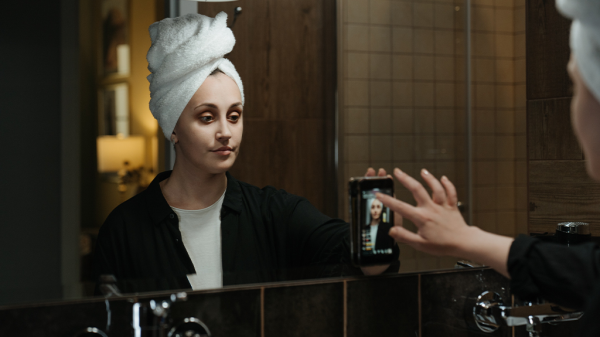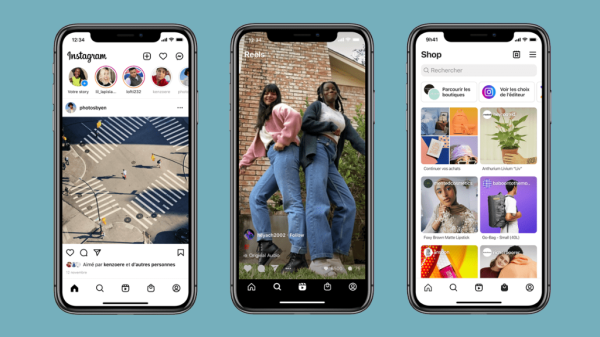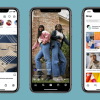Blame it on the new algorithm
Instagram’s new algorithm-based model (read about it here) is set to cause quite a stir amongst fashion brands that rely on the social platform for free advertising and marketing. According to many, including Digiday, Instagram’s algorithm may very well be the end of organic reach, or the number of unique people who see each unpaid post on a site.
![]()
While fashion brands are well known for using Instagram to interact with their fans, the end of organic reach on social media will affect any brand using the platform as a means of free marketing.
High levels of customer engagement
A 2015 Fashion Index report released by L2 showed that the more a company posted on Instagram, the more engagement they saw with their followers.
A perfect example of this is fashion house Valentino, which posted around 40 updates per week, far more than the approximate 8 per week uploaded by other apparel brands. The influx of updates and posts worked, because 10% of Valentino’s 6.3 million followers engaged in conversation, a number higher than any other fashion brand. Seeing Valentino’s success, other fashion houses increased their own social media presence and between October 2014 and October 2015, other fashion brands increased their posts to 10 per week.
Quantity goes out the window
Unfortunately for brands who have learned from Valentino and the fashion set, quality is now much more important than quantity when it comes to uploads.
Kyle Wong, CEO of Pixlee, explains, “Instagram’s new algorithm feed puts an emphasis on quality of content, not quantity of content.
Brands will have to prioritize strategies that maximize their relevance and engagement rates rather than pure following and reach.”
Learn your audience
In other words, brands have to start researching their audiences and planning the perfect posts before they upload anything.
“Understanding who your audience is will be huge,” said Kate Hodes of the agency Huge. “That information is limited right now, so more vendors will come out with the ability to help with that.”
Expect to see more and more companies offering research and insight into brand loyalty and audiences. All brands will need to learn what their particular audience is most responsive to, and what uploads will create the most audience engagement.
Influencers be influencin’
For many, this will mean focusing on the types of posts that rank highest in engagement – product-related uploads, celebrity-generated content, and user-generated content. Brands will need to identify their top Instagram influencers (which you can read more about here), and work with them to pinpoint their shared target audience.
“In theory, the algorithm should be beneficial to influencers because they produce great content that an algorithm should prioritize,” Wong said. “They’re able to attract passionate followings and deliver more personal messages.”
Influencer marketing is going to gain in popularity because it serves as a substitution for in-your-face paid ads. Plus, according to research done by Experticity, influencer recommendations actually carry 22 times the power of suggestion than a recommendation from an everyday customer. To take advantage of the new algorithm, strong relationships with social media accounts with cult followings are going to take the place of multiple brand posts per day.
Instagram’s new algorithm may be the end of organic reach, but brands can easily learn to adapt and continue to gain followers and fans.
#AdaptingToTheAlgorithm
Staff Writer, Abigail White is a wordsmith who hails from the Deep South, having graduated with a degree in Journalism from Auburn University. She is usually reading three books at once, loves history, sarcasm, and arguing over the Oxford comma.











































